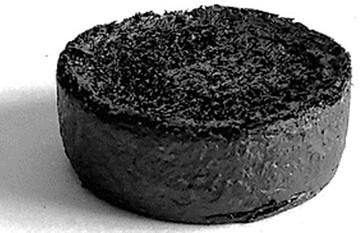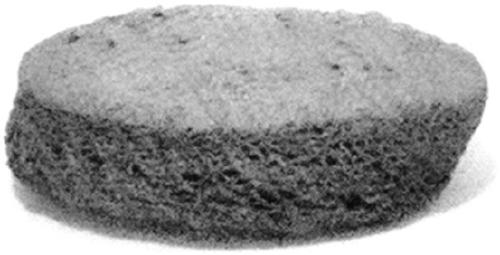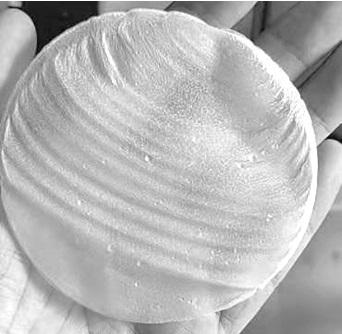Method for preparing aerogel through solvent plasticizing and foaming
An aerogel, to-be-foamed technology, used in aerogel preparation, chemical instruments and methods, molybdenum sulfide, etc., can solve the problems of unfavorable industrial application, unstable structure, and high energy consumption
- Summary
- Abstract
- Description
- Claims
- Application Information
AI Technical Summary
Problems solved by technology
Method used
Image
Examples
Embodiment 1
[0023] Mix the aqueous suspension of 5mg / ml Mxenes with sodium bicarbonate evenly (the mass ratio of Mxenes to sodium bicarbonate is 1:1), dry to form a film, and then place it in 10% hydrochloric acid to generate bubbles, and get Porous Mxenes airgel materials such as figure 1 , with a wall thickness of 195nm, an average pore size of 100μm, and a density of 11mg / cm 3 .
Embodiment 2
[0025] Mix the aqueous suspension of 5 mg / ml molybdenum disulfide and sodium bicarbonate uniformly (mass ratio 1:1), dry to form a film, and then place it in 10% hydrochloric acid to generate gas foaming, and get Porous molybdenum disulfide airgel materials, such as figure 2 , with a wall thickness of 105nm, an average pore size of 87μm, and a density of 15mg / cm 3 .
Embodiment 3
[0027] Mix 11mg / ml bacterial cellulose aqueous suspension with sodium carbonate uniformly (mass ratio 1:5), dry to form a film, and then place it in 15% hydrochloric acid to generate gas foaming, and obtain a porous membrane after 1min. cellulose airgel materials, such as image 3 , with a wall thickness of 360nm, an average pore size of 230μm, and a density of 35mg / cm 3 .
PUM
| Property | Measurement | Unit |
|---|---|---|
| Wall thickness | aaaaa | aaaaa |
| Average pore size | aaaaa | aaaaa |
| Density | aaaaa | aaaaa |
Abstract
Description
Claims
Application Information
 Login to View More
Login to View More - R&D
- Intellectual Property
- Life Sciences
- Materials
- Tech Scout
- Unparalleled Data Quality
- Higher Quality Content
- 60% Fewer Hallucinations
Browse by: Latest US Patents, China's latest patents, Technical Efficacy Thesaurus, Application Domain, Technology Topic, Popular Technical Reports.
© 2025 PatSnap. All rights reserved.Legal|Privacy policy|Modern Slavery Act Transparency Statement|Sitemap|About US| Contact US: help@patsnap.com



